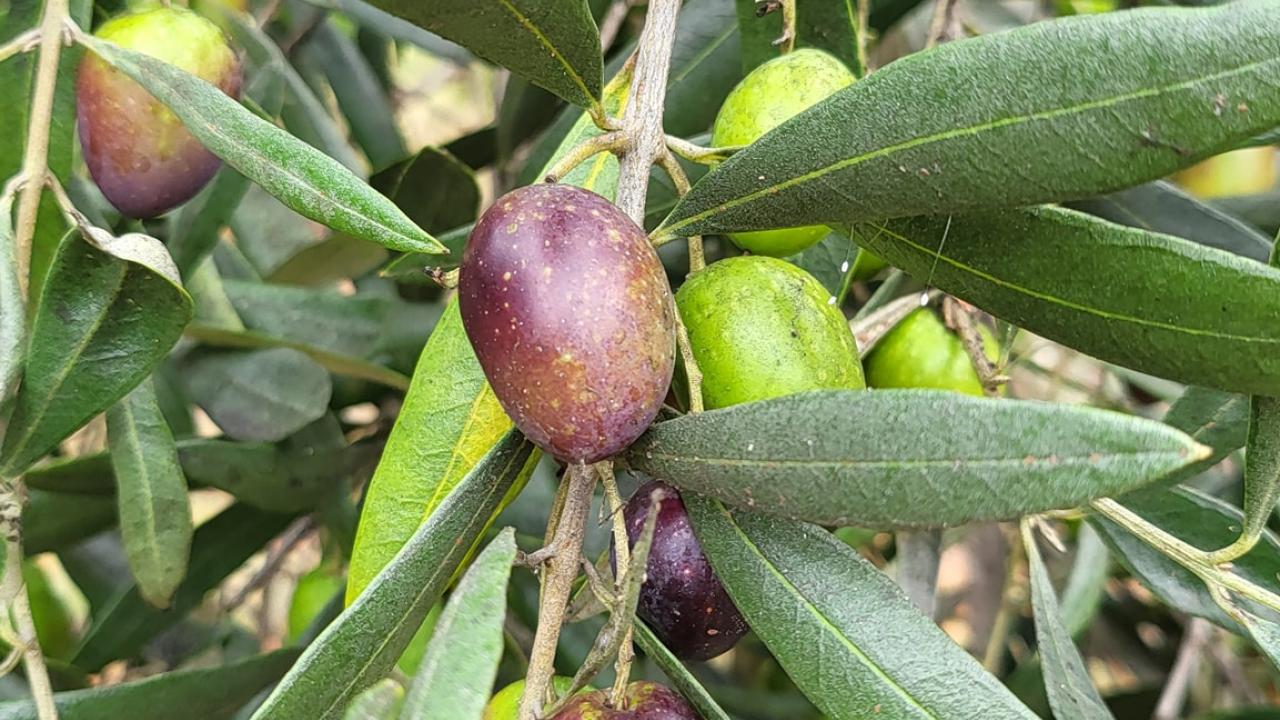Tasmania's toil for the good oil

THE olive harvest has begun in Tasmania, where the industry is described by its peak body as “small but well-established”.
The team at Wattle Hill Olives started picking in mid-May and expects to keep doing so until the middle of July.
Emily Davies is one of the owners of Wattle Hill Olives, having taken on the business in January 2023. She said there were more than 2000 olive trees on the property.
“We spent a lot of time bringing the trees back to where they should be. In our first year, we only pulled one tonne of olives off our trees, which is quite low,” she said.
“However, last year we were able to reach four tonnes, which is great, but that number should still get bigger and bigger for us as time goes on because some of the trees are still in disrepair.”
Ms Davies said there were not many olive producers in Tasmania.
“There’s not much information readily available to us here in Tasmania, so we sort of have to see what growers across Australia are doing.
“There are two growers that are close to us that have been quite helpful during the past three years, and also the old owners have been really helpful getting us to where we need to be.
“We love being part of the industry, though, because it’s a smaller market; there aren’t as many producers here.”
For Ms Davies, educating olive producers and the public was key.
“The more that we can do in our inner circle and around our community on good Australian, or good Tasmanian, extra virgin olive oil is really important to get us out there and to get more people supporting local as well."
Compared to larger-scale farms on the mainland, olive businesses in Tasmania do not use many machines, and picking olives is more labour-intensive.
This is because the topography of Tasmania makes it challenging to use machinery.
Kent Hallett, Tasmanian director of the Australian Olive Association industry, says the state is the most southerly place in the world where the fruit is grown.
“The combination of cool weather, soil and the fresh, clean atmosphere of Tasmania enables the production of some world-class olive oils,” Mr Hallett said.
“Tasmanian olive oils usually score well in the Australian International Olive Awards, and in the past, they have received the accolade of Best Olive Oil in the Show.”
He said there was a major surge in planting of olive trees in Australia about 25 years ago, and Tasmania was the last area to really get established because many people thought the climate would be too cold to produce good quality olive oil.
“Obviously, this has been proven to be wrong,” he said.
“The industry, although small in Tasmania, is now well established, and there are some exciting new plantings happening.
Mr Hallett said most Tasmanian producers relied on taking their olives to a central presser to turn their fruit into oil.
“The biggest problem facing Tasmanian growers is access to processing machines, as there are only a few processors on the island and the machines are all small capacity.
“The ability to grow the industry is dependent on the availability of processing machinery, but on the other hand, the processors need to be sure that there will be enough fruit available to justify the purchase of a bigger and more expensive machine.
“We are confident that more processing will gradually become available as the new plantings come into production.”
Mr Hallett believed that Tasmanian olive producers were well-placed for a good 2025.




Add new comment